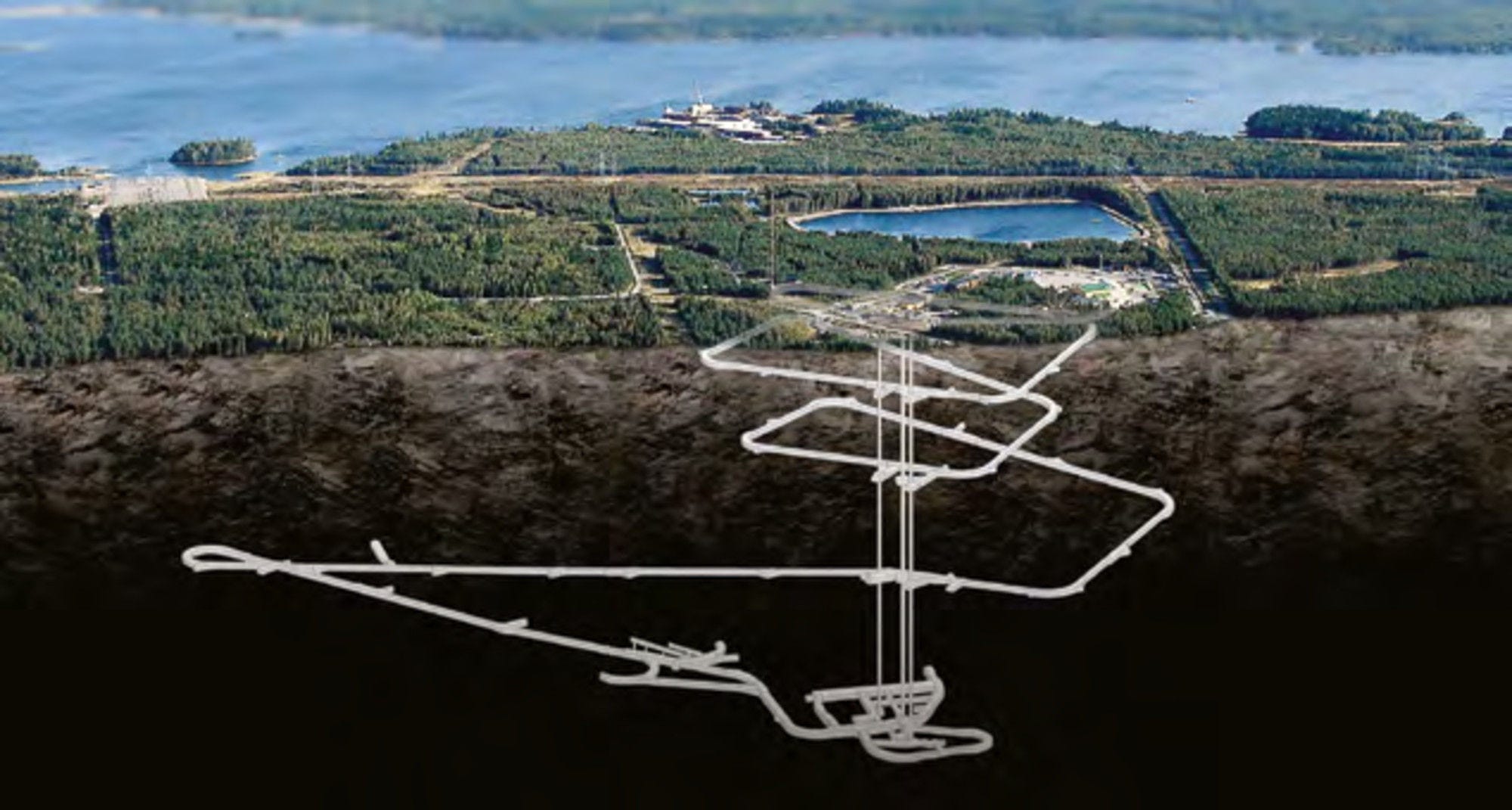This joint report by the International Energy Agency and the OECD Nuclear Energy Agency is the ninth in a series of studies on electricity generating costs. As countries work towards ensuring an electricity supply that is reliable, affordable and increasingly low carbon, it is crucial that policymakers, modellers and experts have at their disposal reliable information on the cost of generation. This report includes cost data on power generation from natural gas, coal, nuclear, and a broad range of renewable technologies. For the first time, information on the costs of storage technologies, the long-term operation of nuclear power plants and fuel cells is also included. The detailed plant-level cost data for 243 power plants in 24 countries, both OECD and non-OECD, is based on the contributions of participating governments and has been treated according to a common methodology in order to provide transparent and comparable results.
Low-carbon electricity systems are characterised by increasingly complex interactions of different technologies with different functions in order to ensure reliable supply at all times. The 2020 edition of Projected Costs of Generating Electricity thus puts into context the plain metric for plant-level cost, the levelised cost of electricity (LCOE). System effects and system costs are identified with the help of the broader value-adjusted LCOE, or VALCOE metric. Extensive sensitivity analyses and five essays treating broader issues that are crucial in electricity markets round out the complementary information required to make informed decisions. A key insight is the importance of the role the electricity sector plays in decarbonising the wider energy sector through electrification and sector coupling.
The key insight of the 2020 edition of Projected Costs of Generating Electricity is that the levelised costs of electricity generation of low-carbon generation technologies are falling and are increasingly below the costs of conventional fossil fuel generation. Renewable energy costs have continued to decrease in recent years and their costs are now competitive, in LCOE terms, with dispatchable fossil fuel-based electricity generation in many countries. The cost of electricity from new nuclear power plants remains stable, yet electricity from the long-term operation of nuclear power plants constitutes the least cost option for low-carbon generation. At the assumed carbon price of USD 30 per tonne of CO2 and pending a breakthrough in carbon capture and storage, coal-fired power generation is slipping out of the competitive range. The cost of gas-fired power generation has decreased due to lower gas prices and confirms the latter’s role in the transition. Readers will find a wealth of details and analysis, supported by over 100 figures and tables, that establish the continuing value of the Projected Costs of Generating Electricity as an indispensable tool for decision-makers, researchers and experts interested in identifying and comparing the costs of different generating options in today’s electricity sector.












